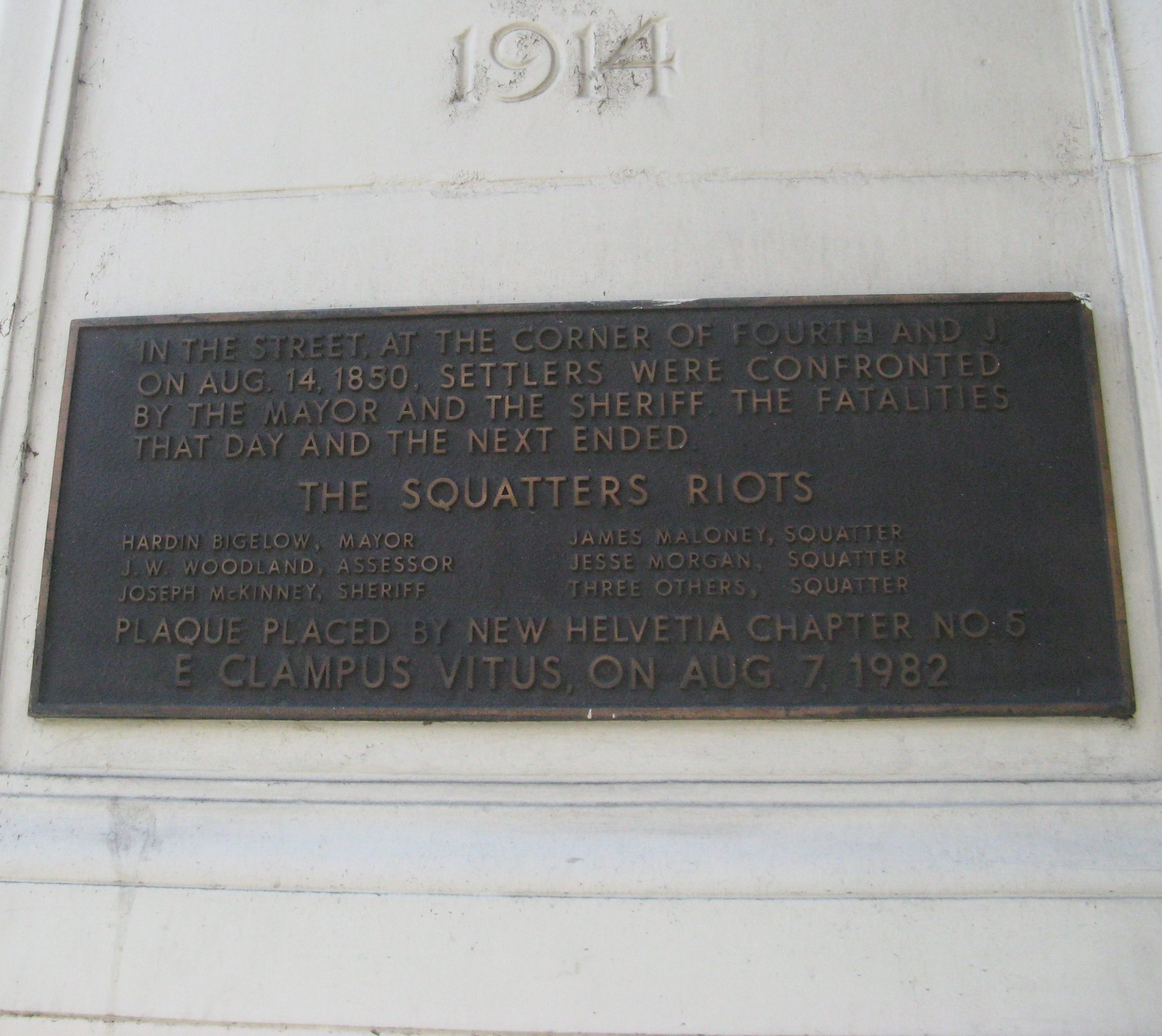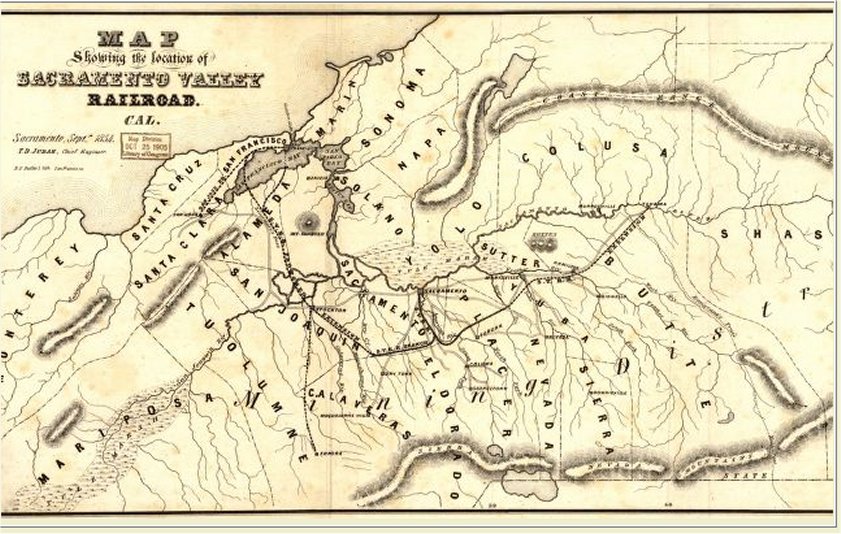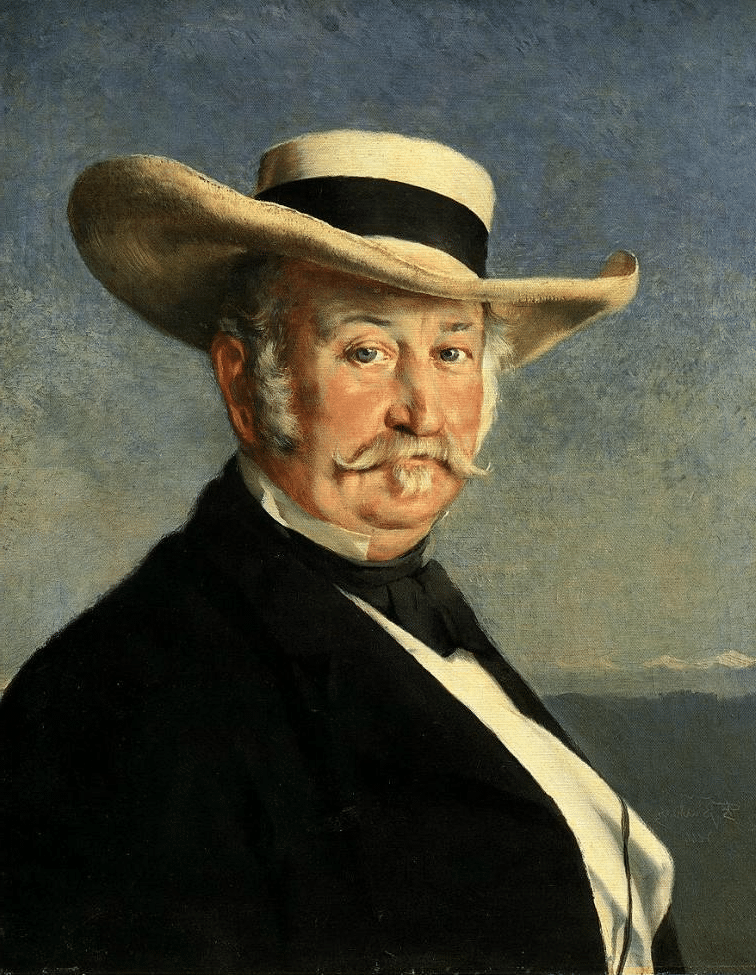August 15th
2019 History Report
From 1880
through 1920 an area from 3rd st to the River Front bordered by Jst
to the North and Mst to the south was known as the Tenderloin, Demi-monde (Half
World), and in my time as Skid Row. It
was in this area where most of the illicit business of the time was
conducted.
Brothels
where known as Dance Halls, Cribs, Sporting Houses and Parlors. The best establishments were known as Parlors
and the best of the best was the Cherry Club owned and operated by one Cherry
de-saint Maurice.
The Parlor
House was an upper-class destination with elaborate décor and bawdy music
called “Ragtime”, used to set the mood, fast paced, wild and fun!
“Ragtime”
music, as reported by the Sacramento Union in Feburary1906, was said to have a
much greater power to mold the mind than many people give it credit. The institutions
that foster this class of music are cheap vaudeville theaters – destroyers
alike of the moral, esthetic and artistic senses. The same has been said throughout history,
about Beethoven, Bach, Jazz, Rock n Roll, Grunge and Hip Hop. Nothing really changes,
only the dates. And that my Red Shirt Brethrens is something to remember about
History in general.
Cherry de-saint Maurice ‘Queen of the Sacramento Tenderloin’
Cherry, like
so many others traveling to the west, reinvented herself on the journey. While
there has been much speculation on where she came from and who she was, she did
such a good job of re-inventing herself that her real name has never been
discovered. She says she was born at sea, her father French and her mother from
Kentucky. One of her most treasured possessions was a huge doll that she often
cradled like a living child. This of course brought on speculation that she had
perhaps abandoned or lost a child in her youth. Who Knows?
What is
known is that Cherry arrived in Sacramento in 1903 as a chorus girl with a
traveling production company performing the musical comedy “Floradora” and left
the company for employment at Fanny Browns Palace, a brothel on 2nd
street.
Cherry did
quite well and in 1907 she purchased an elegant two story home at 327 Lst, a
house with ten bedrooms, large parlor and a full basement. She named her Parlor
House the “Cherry Club”. She decorated in
sensuous luxury with nude paintings, silk drapes and all the finest of the day.
And of course a piano. The club even had a telephone and was listed in the city
directory as Main 543.
The Cherry
Club was an instant success, it became a prestigious rendezvous place for
prominent citizens, including Legislators, upper end business men and well
founded travelers. The Cherry Club was well known throughout California as an
elegant, fastidious resort of the highest caliber.
The intrigue
and allure of the Cherry Club was much greater than the “trade”. Cherry was
well read and versed, it was her own intellectual prowess that made the club so
popular. She discussed the issues of the times with clergy, elected officials,
and other intellects and was described as astute, well read, and educated. She
could debate her positions with authority and vigor.
Cherry
appeared several times before Governor Hiram Johnson and legislators arguing
for them not to vote in favor of the Grant-Bohnett bill intended to ban
Red-Light Districts in California. She loathed politicians who preached
morality by day and frequented the Tenderloin by night.
Cherry’s
business, like all businesses, had its share of ups and downs. In 1909 she took
up with John Francisco with whom she had an earlier run in. In 1908,
Francisco assaulted Cherry, smashed
furniture and broke out windows in the club. In 1909 Francisco bought the Oak
Hall, just north of what is now the pocket area, which he renamed Francisco’s
Oak Hall, it was a well know eating and drinking establishment. Francisco was
severely burned in an accident and with his establishment failing, he sold it
to Cherry. She also bought thirty-four acres surrounding Francisco’s Oak Hall and
kept Francisco on a manager. Later she shit canned Francisco after he brought
on a legal argument but left the area before the law suit came to court, he did
not to return for some time.
1911 was not
a good year for Cherry either. In addition to the lawsuit brought on by
Francisco (he claimed fraud, she claimed ownership, which was dismissed due to
Francisco leaving town) she had two separate burglary attempts with the perps
going after her jewelry and cash. In the first, Slim Johnson was caught in the
act and apprehended. In the second a former cook for the Cherry Club broke into
the basement going after jewels and cash, he also was caught in the act and in
attempting to escape got into a gun battle with police who apprehended him.
There was
also an incident in which a 15 year old stole his fathers car and went on a joy
ride with two female friends . Their first stop was at Oak Hall, then the
Cherry club and three other establishments ending in Folsom. All the while
drinking beer at each establishment. Cherry along with the other owners were
arrested and charged with contributing to the delinquency of a minor. The kid
who was well known to the police and was a known juvenile delinquent, had a
rich father and had been arrested several times in the past. Cherry plead not guilty on the basis that the
kid was already a delinquent and therefore she could not be liable for
contributing to his delinquent status. A
Hearing was set for the summer of 1913, but alas, that hearing never came.
Tragedy Struck!
On July 8th
1913, Cherry failed to respond to repeated knocks on the door to her private
chambers. After hours of waiting with no
response an employee, Cleo Sterling, volunteered to peak into Cherrys bedroom
through a window from outside, as she looked in, she shrieked and fell back at
the sight of Cherry’s naked body laying face down on the floor, obviously dead.
Police inspectors and the coroner quickly
arrived on scene finding that money and jewelry had been taken. Police
concluded that Cherry had been strangled from behind and that her neck had been
broken. Evidently the culprit was of enormous strength. Police also found that only a few drawers had
been gone through and that not all of Cherry’s jewels had been taken. The only
clews found at the scene were pieces of tape found under the body and a few
fingerprints, new technology at the time.
Cherry’s
death got the local rumor mill running full with much speculation as to who the
culprit might be.
With
speculation running rampant, the police continued interviewing people close to
the scene. Cleo Sterling was one they were having issues with and after two
days her story began to fall apart. She was seen leaving Cherry’s Club with two
men on the morning in question. Sam Raber, opium addict, local entertainer, and
female impersonator, as well as Jack Drumgoole a third rate boxer from Reno.
Raber and Drumgoole roomed together. A crucial piece of evidence was found at
the Raber-Drumgoole residence, tape – the sort that boxers use to wrap their
knuckles before a fight, the same type of tape found at the scene of the crime.
Further it was found that Cleo Sterling was Rabers lover. Raber and Drumgoole
were placed on a wanted list for the murder of Cherry de-saint Maurice!
Raber and
Drumgoole were arrested in San Diego two weeks after the murder while trying to
pawn a piece of jewelry from Cherry’s collection. The pawn shop owner saw
Cherry’s name engraved on the back of
the piece and notified police. Both were apprehended on the spot.
As details
of the crime emerged it was revealed that Cleo Sterling was the crime boss, she
planned the robbery, not the first time she had planned a heist. Raber admitted
to the robbery, but not the killing. Drumgoole had actually strangled Cherry
although he only meant to make her pass out.
It turns out
that Cleo Sterling had let both men into the Cherry Club in the early morning
hours and that Raber and Drumgoole went to Cheery’s door pretending to be
messengers. Cherry apparently having just stepped from the bath opened the door
in the nude. Drumgoole held Cherry while Raber taped her up in an attempt to
subdue her, but she kept fighting and that‘s when Drumgoole strangled her and
broke her neck.
All three
were tried for murder and robbery in separate cases. Sam Raber was found guilty
and sentenced to death. He was hung in Folsom Prison January 14th
1915. Jack Drumgoole the actual strangler was sentenced to life in prison and
died at San Quentin in 1920 from tuberculosis. Cleo Sterling, ring leader, was
found not guilty and set free. It should also be noted that for the first time
in Sacramento, fingerprint evidence was used at a trial.
As Cherry
had no relatives or will all of her holdings went to the county of Sacramento,
both personal and property. She had a
considerable amount of jewelry and her properties included the Cherry Club, Oak
Hall, fifty acres of land in the Haggin- Grant land of Del Paso (North
Sacramento) and a few other miscellaneous holdings. Of course there were people
who claimed to be long lost relatives or claimed to be the one who Cherry
wanted her holdings to go to. All were unfounded.
Cherry had a
large turnout at her funeral which was held four days after her demise. Cherry
de-saint Maurice is buried in the Odd Fellows Cemetery on Riverside Boulevard
in Sacramento. Her grave site is in the No Marker, Section C Lot 45 Grave 12.
This might be an excellent plaque to work on.
What say the
Brethern??
This is
another well plagiarized and stolen report based on the book “Wicked
Sacramento” by William Burg
Bob “Popeye”
Farrell John A Sutter Chapter 1841 E
Clampus Vitus® XNGH, Dead Salmon # 6













